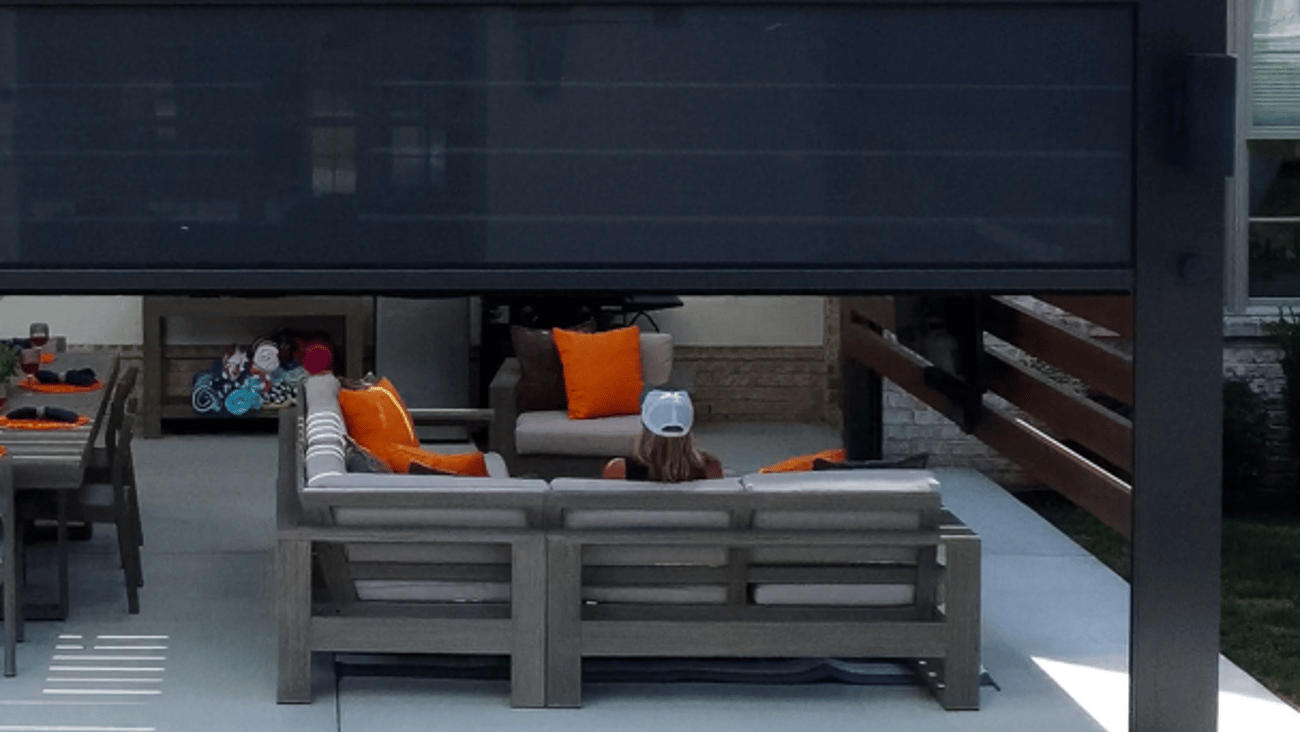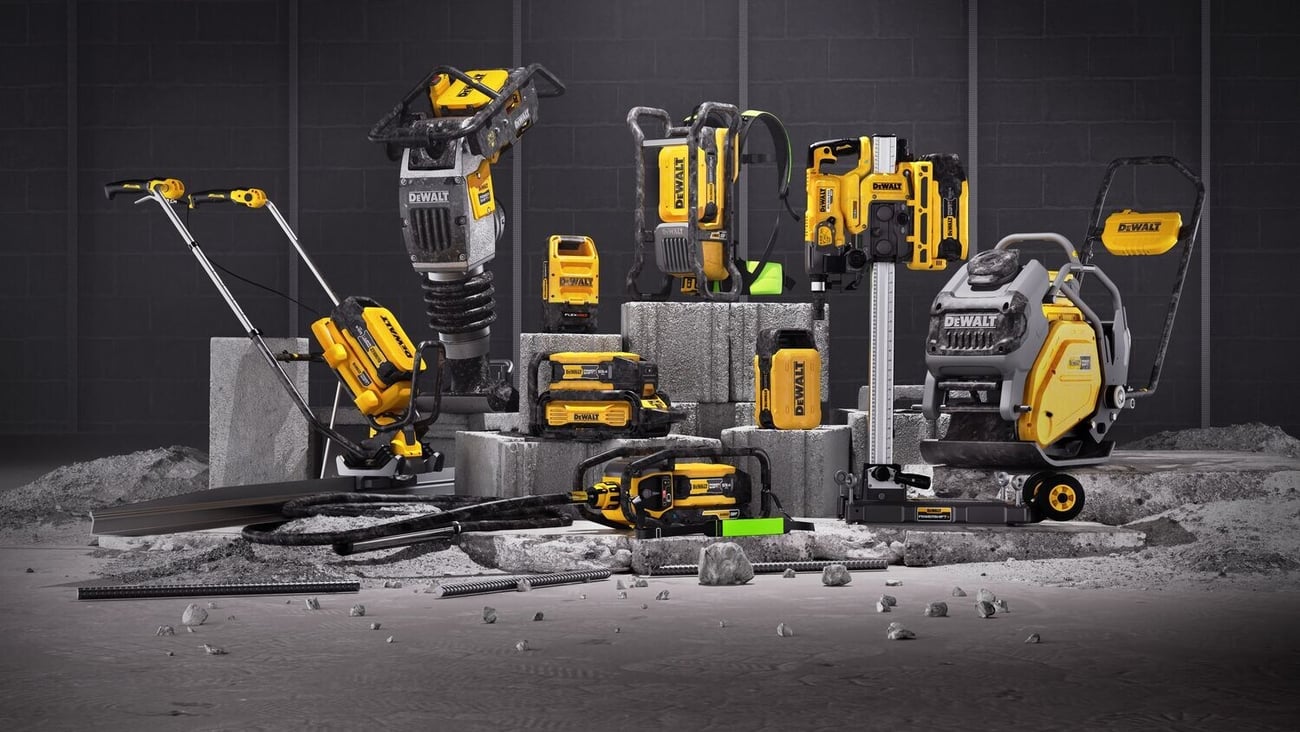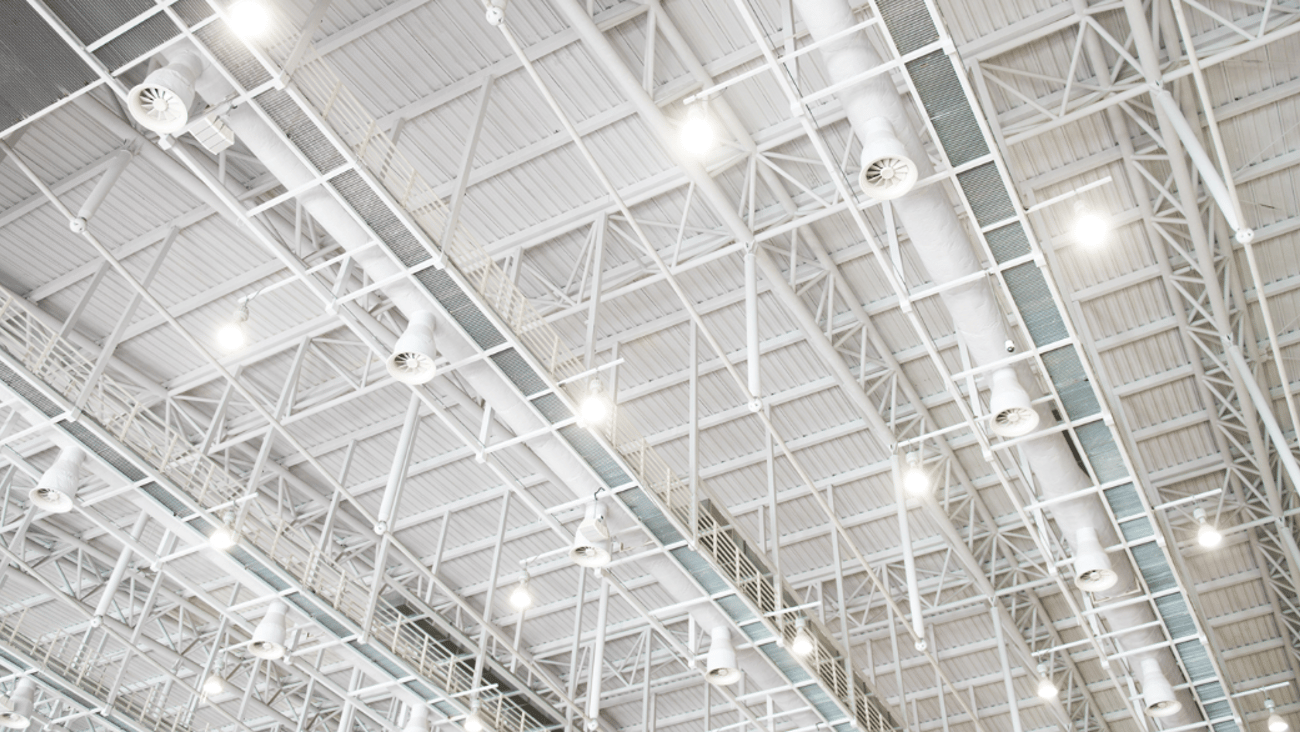Making less of a splash
Shower heads have been through some major changes in the past few decades, with a steady evolution of massage settings, mounting options and panel systems—to pamper homeowners with a spa-like experience.
But the latest consumer data from Port Washington, N.Y.-based NPD Group points to a new trend emerging over the last 12 months in shower head styles. In a word, it’s “simple.”
“This year, the purchases can be described as practical, as opposed to feature-laden,” said Mark Delaney, NPD Group’s director of home improvement.
Among the details, basic wall-mounted shower heads jumped past handheld shower heads with massage as the number one shower head by unit share. (See chart 3.) Wall-mounted units without handheld attachments jumped from 26.6 percent last year, to 32.8 percent in the 2008 period.
“Wall-mounted shower heads without handhelds, which are typically less expensive, were the most popular type of shower head sold in the past 12 months. Could this be a result of the current economic climate?” said Delaney.
As in most categories, the warehouse home centers dominate, with more than half of all purchases taking place in big boxes. And as the consumer’s income rose, so did the likelihood of shopping warehouse home centers and specialty stores. (See chart 1.)
“Not surprisingly, the specialty stores such as plumbing supply and kitchen and bath stores tend to sell significantly higher priced shower heads,” said Delaney.
The price index for purchases in the kitchen and bath channel was a whopping 188.8 (100.0 being average price). Mass merchants turned in the lowest index, at 68.5.
Also gaining support was the practice of shopping close to home. Price and brand selection were the top two reasons for shopping a certain retailer. (See chart 4.) But “close to home” showed the greatest gain, jumping from 10.7 percent last year, to 20.3 percent in 2008.
“The idea that price and selection have declined in favor of convenience is more evidence to the argument that people are looking for more practical shower heads as a replacement rather than as part of a major bathroom remodel.”
OTHER FINDINGS:Specialty stores were increasingly popular with 55-and-older consumers over the past 12 months, up 4.3 percentage points to 15.4 percent.
Almost 60 percent of males reported making their purchases at a warehouse home center, compared to 46.6 percent of females. The gender gap was even more pronounced in the mass merchant channel, where 19.0 percent of males purchased shower heads, compared to 33.4 of females.
The average shower head consumer is 44.7 years old, with income of $69,100. The average home improvement customer is slightly younger (46.1) and wealthier ($72,000).




